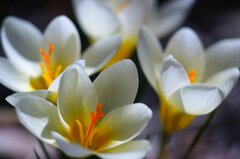extreme color aberration
-
Similar Content
-
- 2 replies
- 732 views
-
- 2 replies
- 7,998 views
-
- 7 replies
- 1,565 views
-
Looking for recovery advice for SanDisk Extreme Pro SD Card. Used with A7ii, but is now missing DCIM and MP_ROOT folders.
By anne,
- 0 replies
- 669 views
-
- 0 replies
- 2,727 views
-



Recommended Posts
Create an account or sign in to comment
You need to be a member in order to leave a comment
Create an account
Sign up for a new account in our community. It's easy!
Register a new accountSign in
Already have an account? Sign in here.
Sign In Now